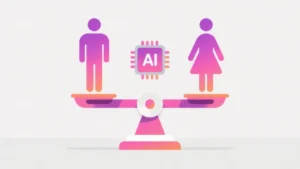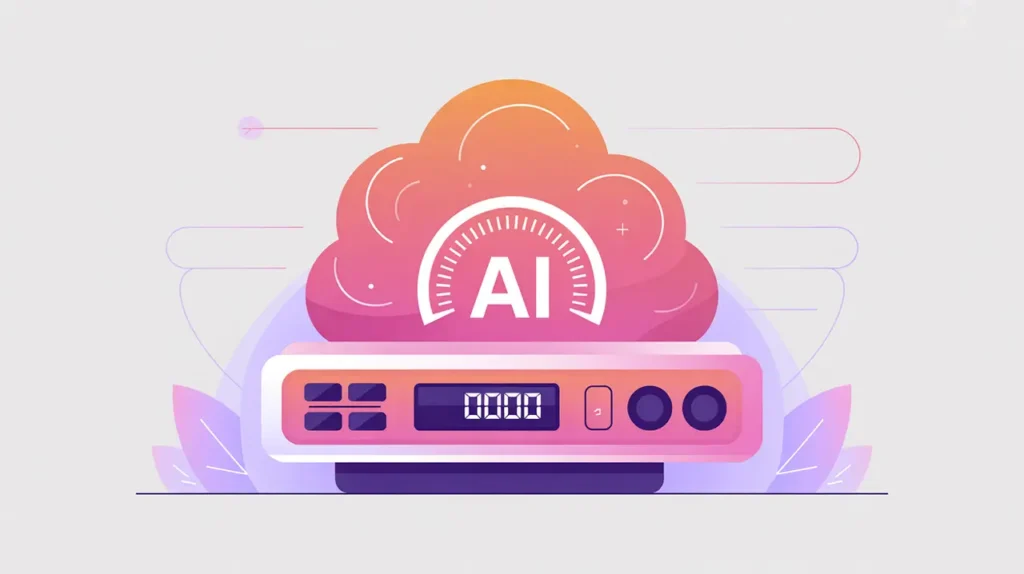Importance of Model Compression and Distillation
Model Compression and Distillation are techniques used to make large machine learning models smaller, faster, and more efficient without losing too much accuracy. Compression reduces the size of models through methods like pruning or quantization, while distillation transfers knowledge from a large “teacher” model to a smaller “student” model. Their importance today lies in the fact that cutting-edge AI systems are often too large and resource-intensive to run on everyday devices or in low-resource environments.
For social innovation and international development, compression and distillation matter because they enable AI to reach communities with limited connectivity, hardware, or energy resources. By making advanced models lighter and more accessible, organizations can bring the benefits of AI into classrooms, clinics, and crisis zones.
Definition and Key Features
Compression techniques include pruning, which removes unnecessary parameters, and quantization, which reduces the precision of model weights to lower memory requirements. Distillation involves training a smaller model to replicate the outputs of a larger one, effectively compressing knowledge into a more efficient format. Both approaches aim to maintain strong performance while reducing resource demands.
They are not the same as training a smaller model from scratch, which may lack the accuracy and generalization of larger systems. Nor are they equivalent to hardware acceleration, which speeds up model performance without reducing size. Compression and distillation specifically optimize models for efficiency and portability.
How this Works in Practice
In practice, compression and distillation are used to deploy AI on mobile devices, edge computing platforms, and environments with limited computational power. For example, a distilled language model may run efficiently on a smartphone to support offline translation, while a compressed vision model can operate on a handheld diagnostic tool in rural health clinics. These methods allow organizations to scale AI into places where cloud-based solutions are impractical.
Challenges include balancing efficiency with accuracy, as overly compressed models may lose critical performance. Compression methods can also complicate retraining, and distillation requires significant upfront resources to train the initial teacher model. Effective governance and validation are necessary to ensure compressed models remain fair, unbiased, and reliable.
Implications for Social Innovators
Model compression and distillation expand the reach of AI in mission-driven contexts. Health initiatives can deploy lightweight diagnostic tools on tablets in rural areas. Education platforms can distribute AI tutors that function offline on low-cost devices. Humanitarian agencies can run crisis-mapping models directly on mobile phones used by field staff. Civil society groups can leverage compressed models to lower costs while improving access to digital advocacy tools.
By making advanced AI more efficient and portable, compression and distillation ensure that innovation reaches the communities who need it most.







